Wakehurst Parkway report: $17.5m won’t totally eliminate flooding
Engineers suggest spending $17.5m on the notorious Wakehurst Parkway to stop it flooding — but even that's not enough.
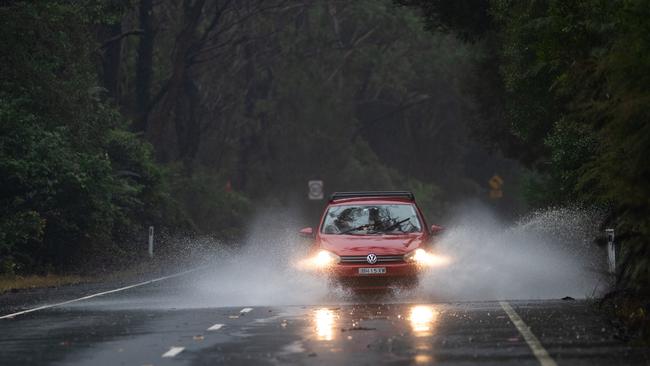
Manly
Don't miss out on the headlines from Manly. Followed categories will be added to My News.
Work to halt flooding on one of the northern beaches’ most notorious roads could cost more than $17 million, according to a report released by the council.
But the draft ‘Wakehurst Parkway Flood Mitigation Feasibility Study’ says that even that amount of money could not permanently flood proof the road.
The report says that the Parkway — a NSW Government managed road which is closed six times a year — would still be closed by floodwater, on average, once every two years even with work proposed new culverts under the road, a new levee, topping up existing levees and; removing 1m of “overbank” creek sediment.
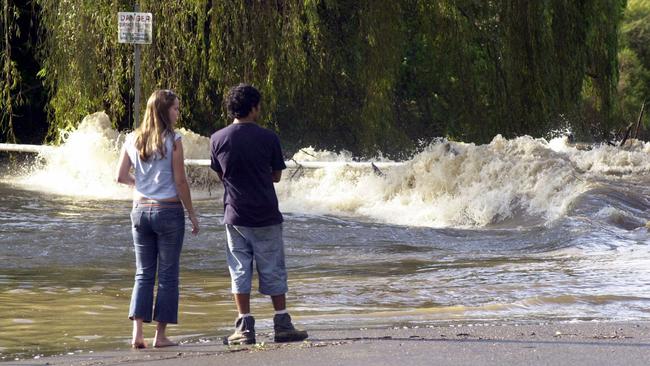
This “1-in-2-year protection” (option 5) of the road, between Oxford Falls and North Narrabeen, would cost at least $17.5 million, the report by engineering consultants Royal Haskoning DHV, says.
The release of the draft report comes as Mayor Michael Regan confirmed that the NSW Government has told the council that it had no plans to completely flood proof Wakehurst Parkway. The report is now open for public feedback until June 27.
In March, the council voted to accept more than $13 million from the NSW Government to help flood proof the Parkway — if the community supported the project.

But concerns were immediately raised that building levee banks and large culverts would have a harmful effect on already endangered wildlife and bushland habitat.
The feasibility study has put forward five options for the best way to reduce flooding. One of the cheaper options, which just suggested removing sediment from Middle Creek, would cost $4.5m, but the road will still be closed four times a year.
It also suggested that if option 5 was adopted it could mean up to 34,700sq m of vegetation — some of which is classified as “threatened ecological communities” — would have to be cleared.
At the March council meeting Narrabeen Ward councillor Sue Heins said the community has a choice of reducing flooding on the Parkway, or potentially causing “immense” harm to the environment.
“There are four endangered ecological communities that will be affected,” Ms Heins said.

“There’s 12 threatened fauna species including endangered birds and bats. There’s approximately 2000 trees to go, plus we have vulnerable and rare flora.”
The draft report said threatened native animals had a “moderate or greater potential to be negatively impacted by disturbance and clearance of vegetation”.
Threatened species include the red crowned toadlet, powerful owls, glossy black cockatoos and several species of small bats.
Mayor Michael Regan said the feasibility study confirmed there were no easy or quick fixes to prevent the Parkway’s frequent closures due to flooding.
“Major changes to the roadway such as flood proofing, are a matter for the State Government and they advised Council that there are no plans for works of this scale.
“As a result, Northern Beaches Council was provided funding to look at the shorter, more frequent flooding events that could be improved by work on the creek system and surrounding land.
“That funding produced the Feasibility Study that is now on exhibition, and additional implementation funding has also been offered by the State Government.
“We are right at the beginning of the process and the community’s responses will inform what we do next. I encourage the community to get involved – learn about the options and their impacts, register for an info session and have their say.”

EARLIER
Fix the flooding or save the frogs?
On March 18, 2021
Northern Beaches Council has voted to accept more than $13 million to help floodproof one of the area’s most notorious roads — if the community supports the project.
The NSW Government offered the cash splash for flood mitigation works along the Wakehurst Parkway.
But concerns have been raised that the work, likely to include building levee banks and large culverts would have a harmful effect on already endangered wildlife.
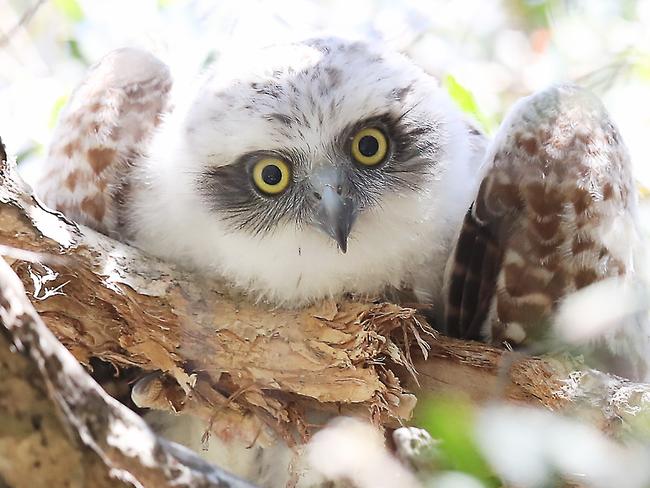
The council also heard at its meeting on Tuesday night that 2000 trees might have to be removed to improve water flows under the road between Oxford Falls and North Narrabeen, to stop it closing, on average, six times a year.
A report — Wakehurst Parkway Flood Mitigation Feasibility Study — into options for the best way to reducing flooding is being released for public comment.
Mayor Michael Regan said the road runs through a sensitive, rich ecosystem supporting an array of threatened plant and animal species.

“There are no options that fix the wider flooding problem without environmental impacts,” Mr Regan said.
“It’s important the community has an opportunity to have a look at the options documented in the study and give their initial feedback for us and the State Government to consider.
“We’ll only proceed with options if we have general community support.”
Narrabeen ward councillor Sue Heins told the meeting that the community now has a choice of reducing flooding on the Parkway, or potentially causing “immense” harm to the environment.
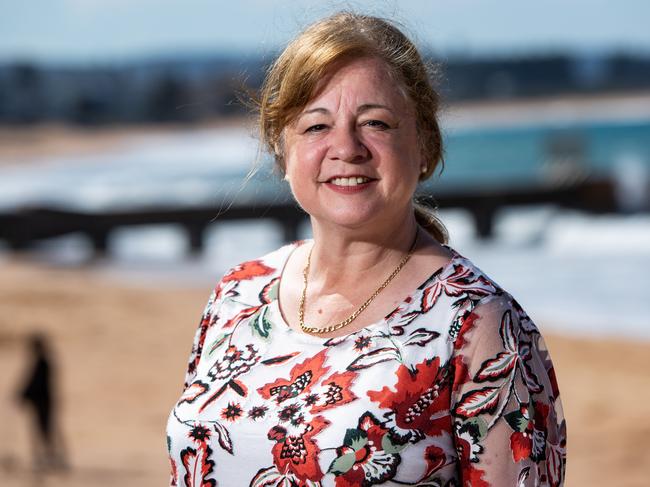
“There are four endangered ecological communities that will be affected,” Ms Heins said.
“There’s 12 threatened fauna species including endangered birds and bats. There’s approximately 2000 trees to go, plus we have vulnerable and rare flora.”
Threatened species include giant burrowing frogs, powerful owls and common bentwing bats.
Ms Heins said with the study going out for public comment the community now had to decide “what you value more, the opportunity to drive down the Parkway or saving the environment that will be affected by these works.
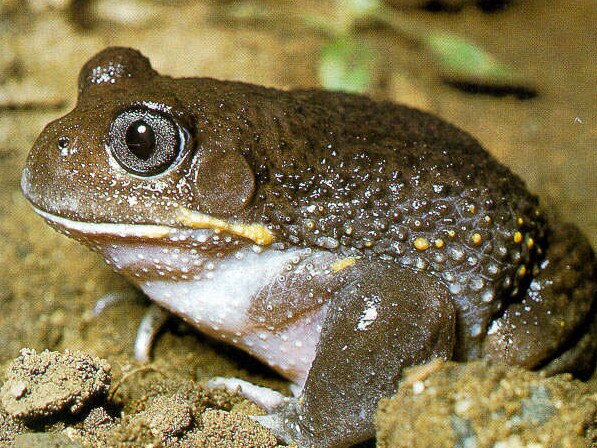
“We need to be guided by your decision on this. Please, community, let us know what you want.”
The feasibility study will be available for community input in May.
In a report to the council on Tuesday night, council officers suggested that work could be finished by the end of the August, 2023.





